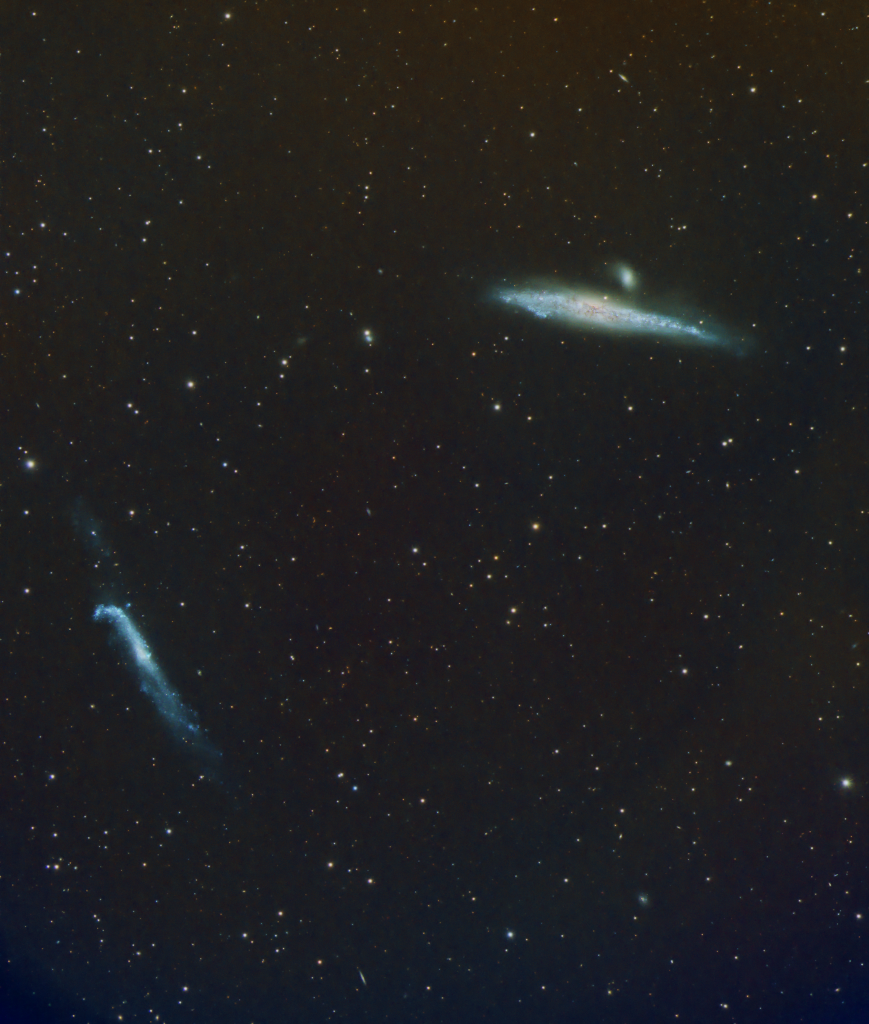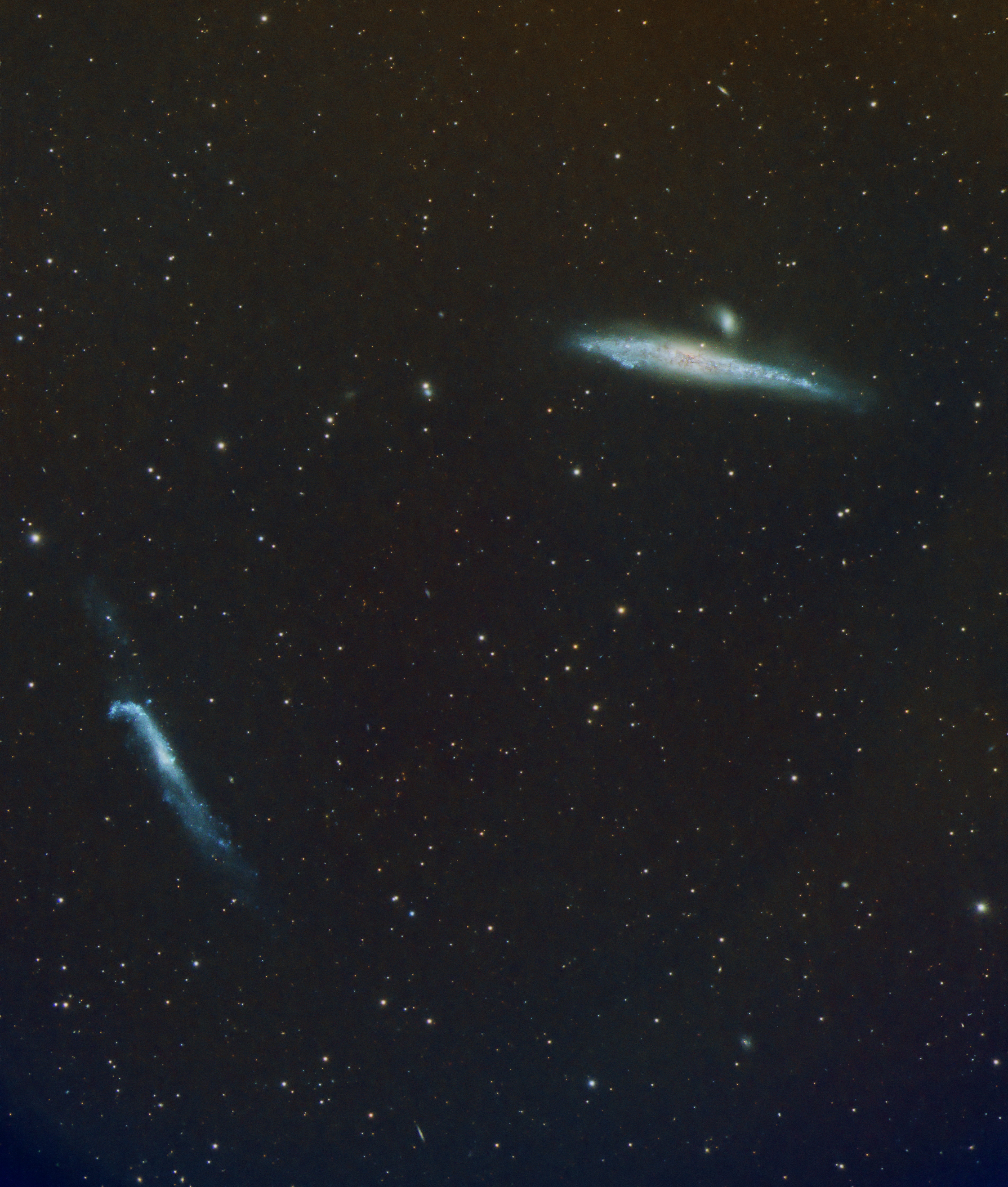
Similar Posts
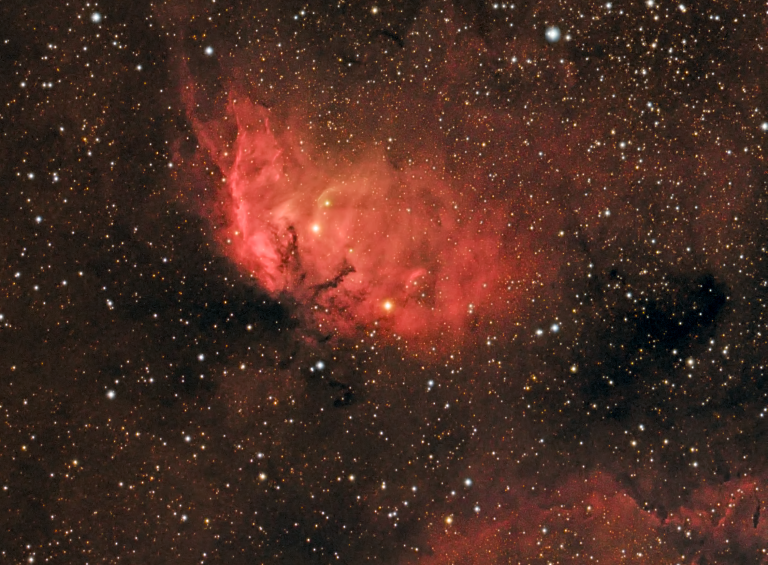
A Tulip and a Supernova
In these short summer nights, I want to take advantage of every moment of darkness. Right now, the galaxy M100 is up in the hours before midnight, and the “Tulip Nebula” – formally SH2-101 – rises just as M100 sets. So for this past week, I’ve been imaging both objects. But no more clear skies…
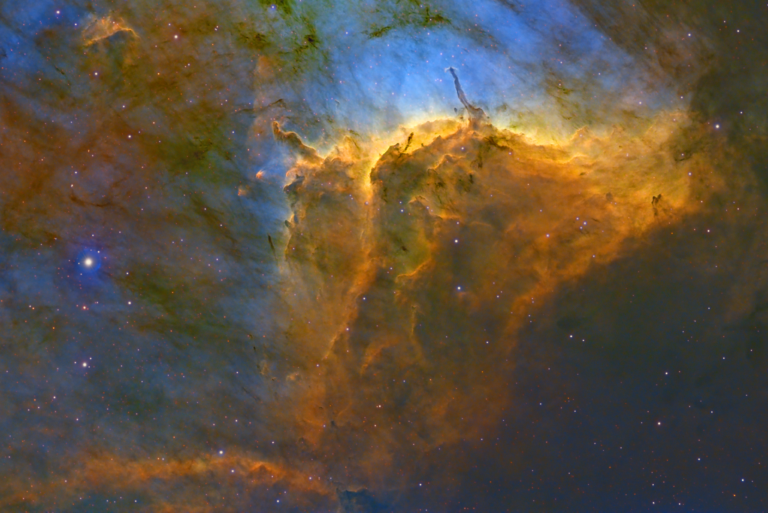
Another Go at the Pelican Nebula
The Pelican Nebula frankly isn’t a very attractive object as a whole, but if you crop it down to its heart, there’s a lot of interesting stuff going on. Look for little puffs in the image, or areas with spikes coming out of them. Those are Herbig-Haro objects – stars that are still in the…
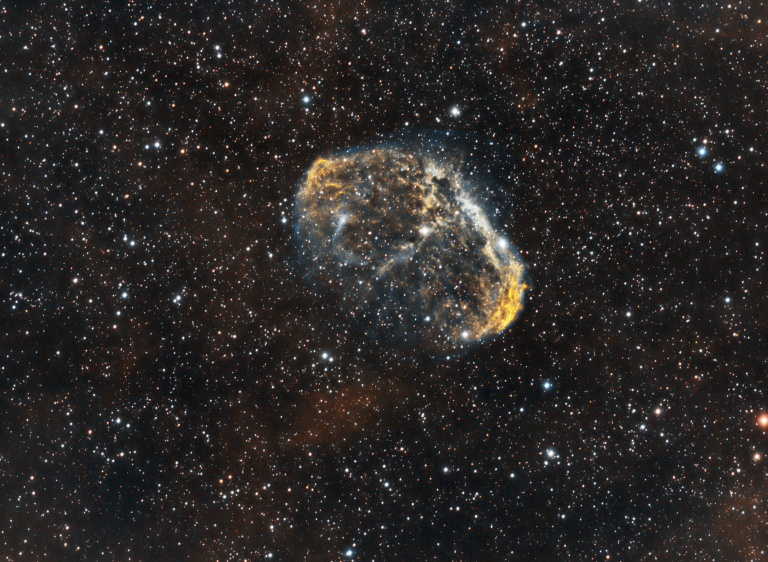
The Crescent Nebula
Like the Bubble Nebula, and Thor’s Helmet, this is formed by the fast stellar wind of the extremely hot star at its heart – which interacts in complex ways from the wind left over from when this star was a red giant. This is roughly 5,000 light-years away. These images were taken over the span…
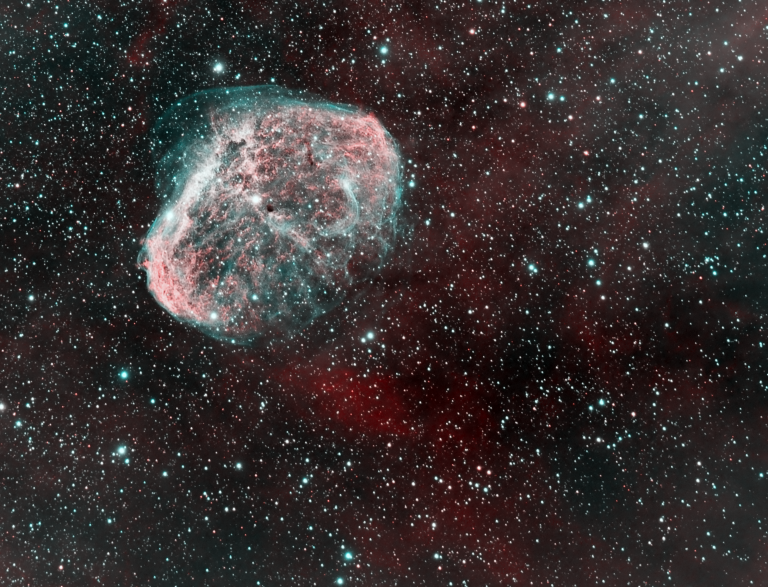
Revisiting the Crescent Nebula
I’ve imaged this one before, but for whatever reason I picked up way more detail on it last night. Part of it’s a better camera and better tracking on the telescope mount, but I think conditions may have just been really awesome last night. It’s not normal to have this many good nights for astrophotography…
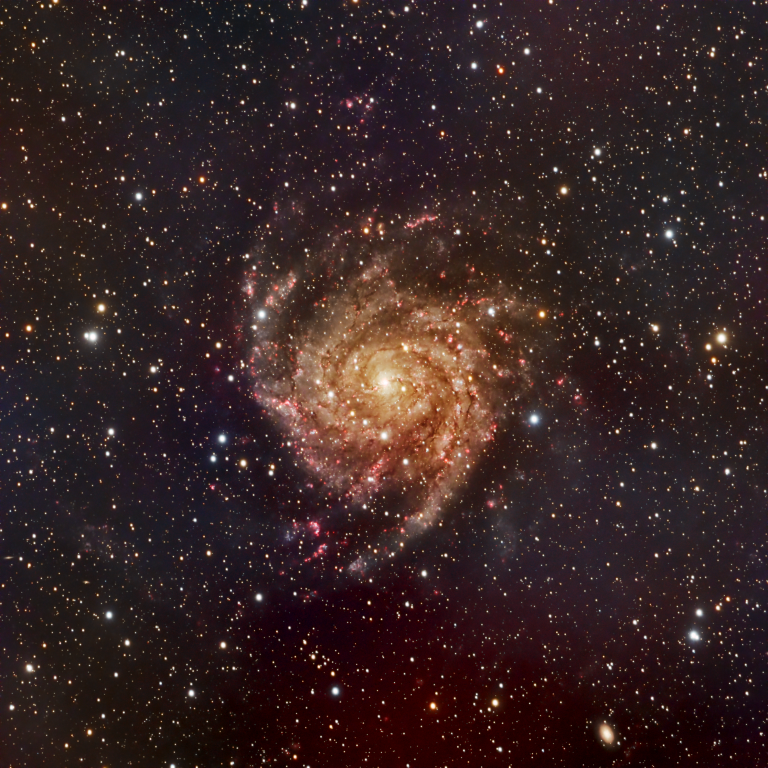
The Hidden Galaxy
This is IC342, located about 10 million light-years away. If it were anywhere else in the sky, it would be visible to the naked eye – but it lies behind the disk of our Milky Way galaxy, obscuring the view. This image is the result of 22 hours of total exposure time to try and…
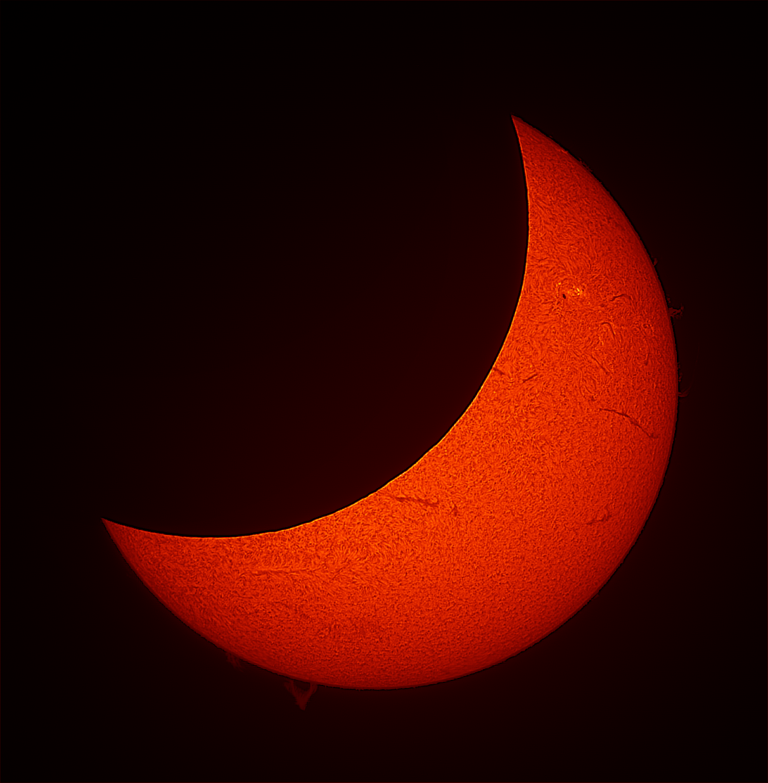
The Great American Eclipse
I wasn’t able to travel to the path of totality, but here from Florida we still had a partial eclipse. Here’s my shot at its peak, viewed through a special solar telescope using a Hydrogen-Alpha filter to bring out all the roiling detail of the sun’s surface. Check out those prominences around the edge!

